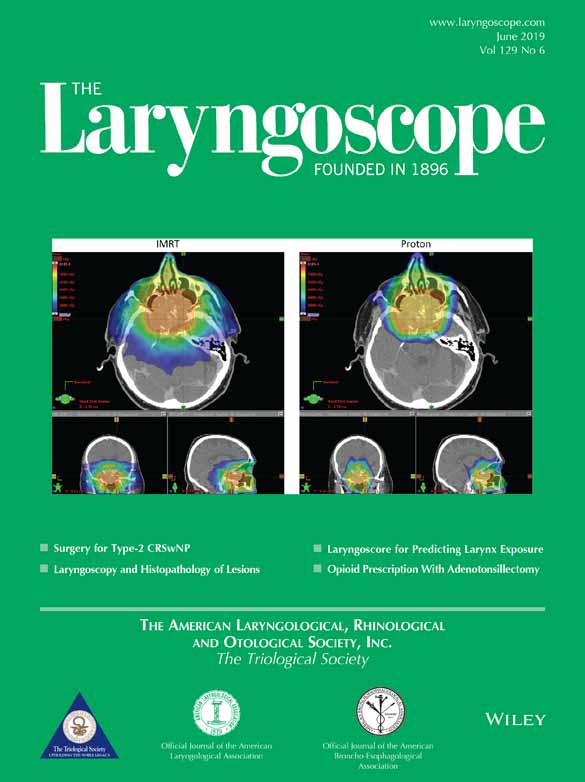Three-dimensional endoscopy: The future of nasoendoscopic training
Abstract
Objectives/Hypothesis
Three-dimensional (3D) endoscopy is an emerging tool in surgery that provides real-time depth perception. Its benefits have been investigated in surgical training, but the current literature lacks significant objective outcome data. We aimed to objectively compare the efficacy of two-dimensional (2D) versus 3D high-definition endoscopes in novice users.
Study Design
Prospective, randomized crossover study.
Methods
Ninety-two novice medical students who used both 2D and 3D endoscopes to complete two validated tasks in a box trainer participated in the study. Time taken and error rates were measured, and subjective data were collected.
Results
Wilcoxon tests showed 3D technology was significantly faster than 2D (78 vs. 95 seconds, P = .004), and errors per task were significantly lower (3 vs. 5, P < .001). Sixty-nine percent of participants preferred the 3D endoscope.
Conclusions
3D high-definition endoscopy could be instrumental in training the next generation of endoscopic surgeons. Further research is required in a clinical setting.
Level of Evidence
2b
Laryngoscope, 129:1280–1285, 2019




